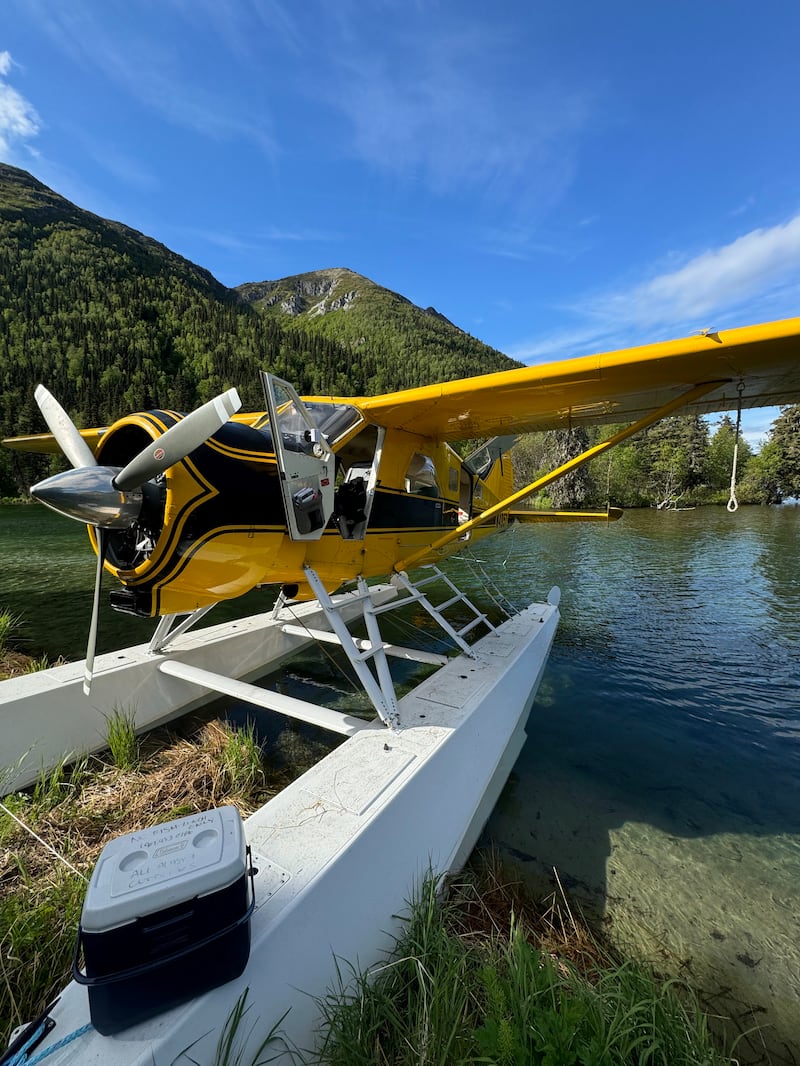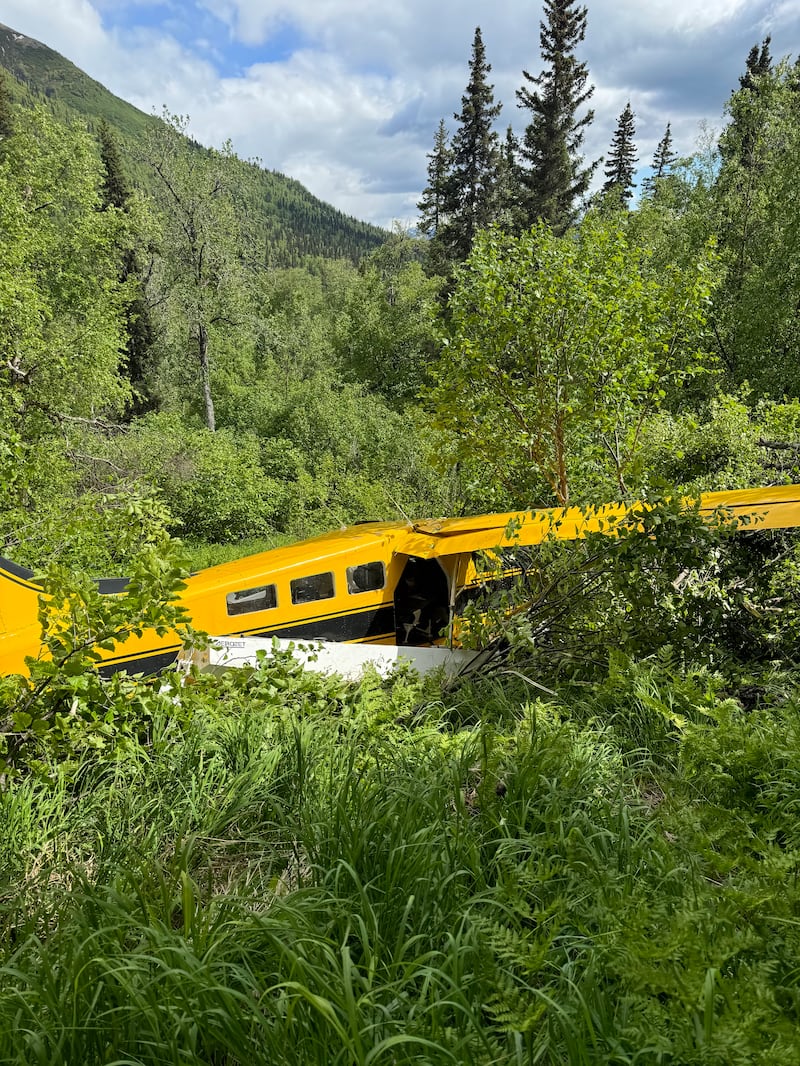A Dublin man who survived a “horrendous” air crash in Alaska earlier this month believed he “was going to die” as the seaplane he was travelling in came down in a remote, mountainous forest.
Seán Killeen (38), a software engineer, and his retired father-in-law Joe Beardmore (67) were among six people on a de Havilland DHC-2 Beaver plane which lost power shortly after taking off from a lake in a wilderness area on June 10th.
Mr Killeen, who arrived back in Ireland on Monday, describes realising the plane was about to crash, fearing it would explode on contact with the mountain and supporting Mr Beardmore, who had a broken pelvis, for more than three hours through the forest. “It was horrendous,” Mr Killeen says.
The pair, on a “bucket-list fishing holiday”, had finished a day of fishing Arctic grayling in Kijik Lake, in Lake Clark National Park, about 160km southwest of Anchorage. They had flown there from their lodge in Soldotna city that morning and had “a really nice day, [we] caught loads of fish,” Mr Killeen says.
They reboarded the seaplane at about 4.15pm in preparation for the 90-minute flight. Describing the lake as being in a “natural amphitheatre” – surrounded on three sides by high-mountains – he says the plane circled around the lake-surface “a couple of times”.
“My recollection is that we were trying then to climb over the mountain,” Mr Killeen recalls. “At one point I thought, ‘We are not high enough to be doing a turn like this’. The pilot did a hard bank to the left and I felt, ‘We are not high enough to be doing this’. Then I looked out my window and there were trees less than 6ft from the wing. I just thought, ‘F**k, this is a crash here. This is going to crash’.”
Asked if he feared he would not survive, Mr Killeen says: “I [thought I ] was going to die. If you read all the articles, there are no survivors of these crashes. It’s all, ‘four dead’, ‘two dead’. I kind of dissociated, just checked out.
“I tried to brace myself and then it all happened so fast. The plane smashed through a couple of trees ... It fell down on its right wing and then flattened, flat out.
“There was fuel leaking into the plane. We were all conscious or there abouts – the pilot, a guide and two other civilians and me and Joe. So, we had to get out. We got out and scrambled maybe 30 metres up the side of a mountain.”



Mr Beardmore “kind of fainted” and “vomited” while the pilot “had blood all over his face”. A transponder on board had alerted authorities but the group had to get to a clearing to be rescued. There followed a 3½ hour hike without a trail, in terrain known for wolves, bears and moose.
About six hours after the crash they were rescued by the Alaska Air National Guard helicopter. Mr Beardmore was taken to hospital in Anchorage and discharged the following day. The two continued their holiday, sticking to a hire-car to travel to fishing spots.
Mr Killeen and Mr Beardmore say they have not been contacted by the Soldotna-based Talon Air Service, which operated the flight, to inquire how they are. The company, which offers flight seeing, bear viewing, fishing and hunting trips, was asked for a comment by The Irish Times.
The incident is being investigated by the National Transportation Safety Board (NTSB). Clint Johnson, chief of its Alaska regional office, told The Irish Times that the “float-equipped de Havilland DHC-2 Beaver experienced a loss of engine power, which resulted in a forced landing in tree-covered terrain”.
The incident occurred in a “very remote location” and the plane was recovered by helicopter and arrived in Anchorage “just recently”.
“The NTSB’s investigator-in-charge, Mr Mark Ward, will conduct an examination of the aeroplane’s engine within the next week. Also, we will be issuing a preliminary accident report next week,” Mr Johnson said.
- Sign up for push alerts and have the best news, analysis and comment delivered directly to your phone
- Join The Irish Times on WhatsApp and stay up to date
- Listen to our Inside Politics podcast for the best political chat and analysis















